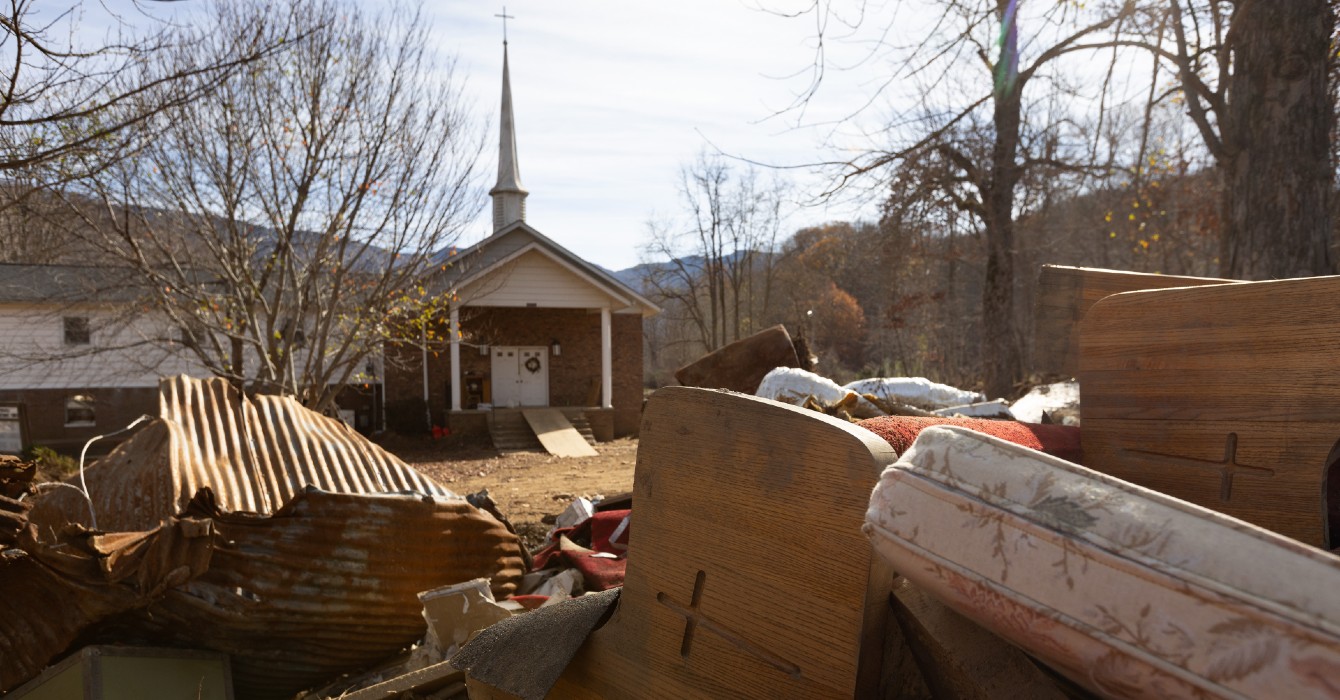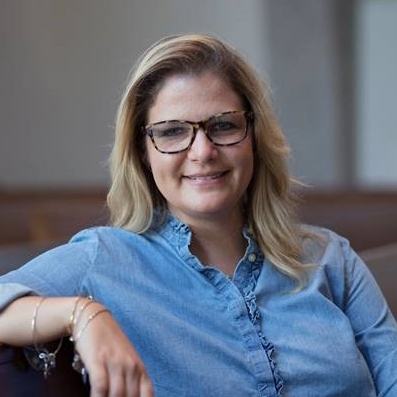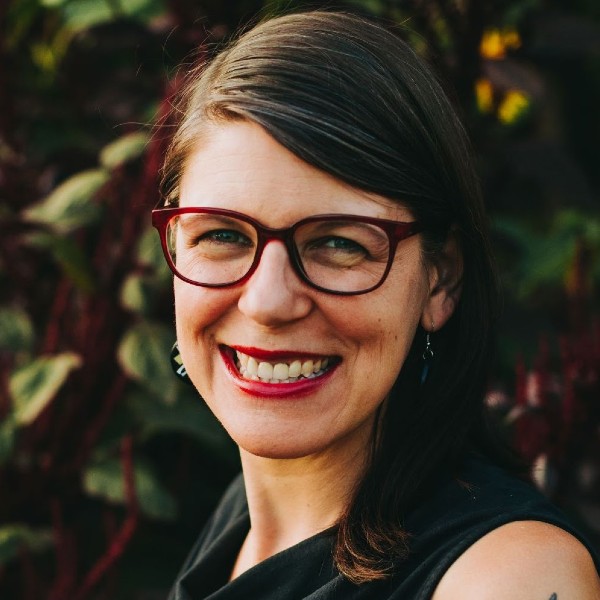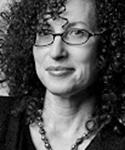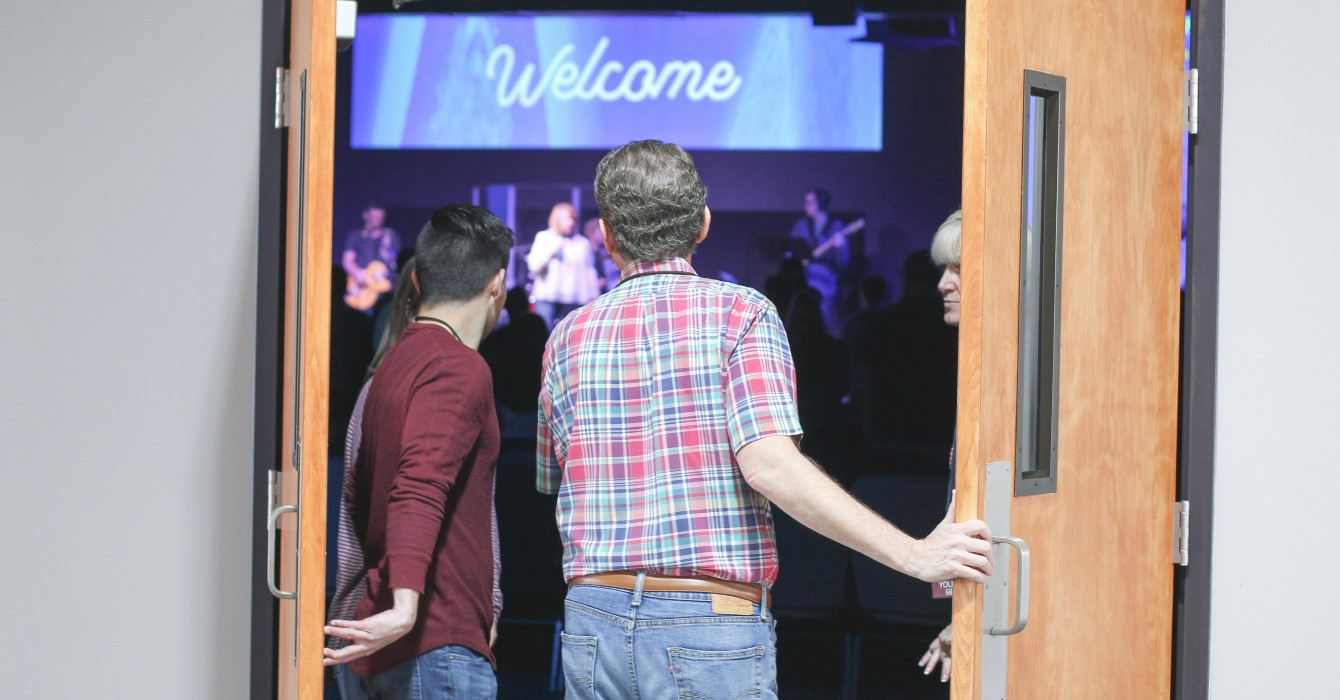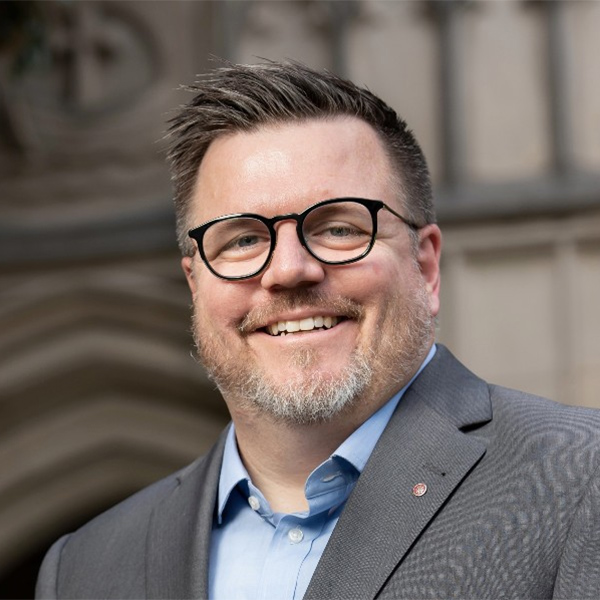We were only a few days beyond Hurricane Helene, which in 2024 devastated a 29-county region in the mountains of Western North Carolina. Ken was visiting outside with some of the leaders of First United Methodist Church in downtown Hendersonville, North Carolina, which had been badly hit by the storm.
The church buildings were not in use, as there was no water, cell service or electricity. Yet it had become a hub for the larger community; a truck arrived with essential supplies — water, peanut butter, diapers, infant formula, propane.
As Ken thanked the members who were present, the church administrator, a layperson, commented, “We are not a Sunday-morning-only church anymore.”
Indeed, in the days after the storm, First UMC was a 24/7 church, serving a community in crisis.
The two of us have served in church leadership in both Florida and Western North Carolina and have collaborated in understanding the unique calling, gifts and complexities of First Churches.
In 1974, Ezra Earl Jones and Robert Wilson wrote “What’s Ahead for Old First Church?,” which focuses on the role of the downtown church in a city, region and denomination. Among the outstanding traits of Jones and Wilson’s “Old First Church” (which, of course, may not be known by that name even if it fills the role) are quality, prestige and leadership.
First Churches have historically been a sign of the role that religion plays in the life of a town or city. Across generations, this has been strongly related to the church’s building as a community anchor or urban landmark. There are likely powerful institutional memories of the old days, when the pastor was highly influential and the sanctuary and classrooms were full on Sundays.
As the two of us reflected on the most recent natural disasters and recalled others in the past, we began to see the significant role of First Churches in the face of such crises.
A fresh insight for us has been how First Churches are at the center of essential networks in large-scale disasters. Because of an anchor church’s longevity in a community, strategic communal partnerships built on long-standing, trusting relationships typically emerge.
These centrally located churches are often at the intersection of a broad range of people, many of them key leaders and stakeholders in their communities. They are also at the heart of networks of responses to human need; in a time of crisis, they perform a critical role in supply chains that channel needed goods and services.
Their significance as agents of community response to human need is often understood and even assumed, and much of this is tied to their aforementioned quality, prestige and leadership.
First Churches also are at the center of profoundly ecumenical networks. From small mountain communities to large global cities, we have seen these networks, so essential during large-scale disasters, come into being.
A fresh insight for us has been how First Churches are at the center of essential networks in large-scale disasters.

First United Methodist Church Hendersonville in many ways represents a classic First Church. The church was founded just 59 years after Methodism came to Western North Carolina. It has sat on the highest hill in the town since 1852. At one point in its history, its bell could be heard pealing from 5 miles away.
The building has changed over the years, from wood frame to brick to today’s imposing white columns, with its steeple marking its role in civic life. An apartment complex on the campus today provides safe, affordable housing for survivors of domestic abuse.
First UMC’s history and position stood the community in good stead during Hurricane Helene and its aftermath.
When Hurricane Helene hit, Hendersonville and its surrounding communities experienced the same flooding, high winds, downed trees, destroyed buildings, and power and communications outages as did communities throughout the region. The church property sustained $60,000 in wind and flood damage to its steeple, roof, interior ceilings, electrical systems and floors.

“Twelve Henderson County residents lost their lives,” said the Rev. Karen Easter-Bayne, senior pastor. “The church was without electrical power and communications for the first week after the storm hit; and the pastors and staff were unable to communicate or get out of their homes or neighborhoods.
“Many staff and church members sustained damage to their homes, and some are still rebuilding a year later.”
And yet these same people began to write a profound narrative in the aftermath of the storm. Over the long haul, the church would go on to provide space for nonprofits, counselors who helped in the processing of trauma, and small businesses that had lost offices.
Such redirection and redefinition expands the attractional mindset of a congregation, “They will come to us for quality worship, preaching and music,” to a more missional posture, “We are called to engage human needs.”
These acts of ministry and hospitality require a reimagining. And in this way lay and clergy members come to understand the mission shift that is taking place: We are no longer a Sunday-morning-only church!

